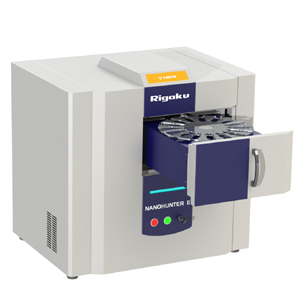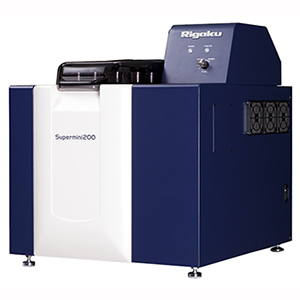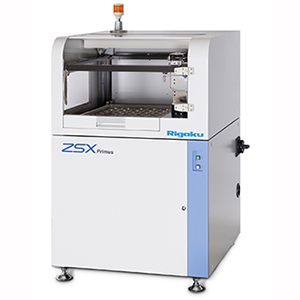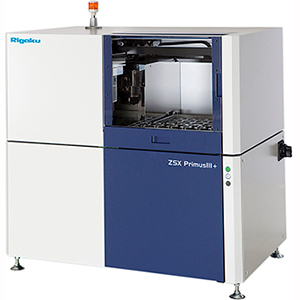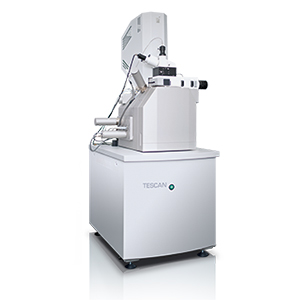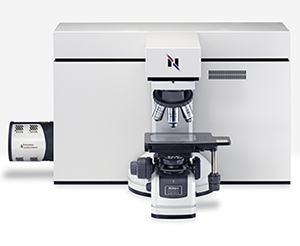NANOHUNTER II TXRF Total Reflection X-Ray Fluorescence Spectrometer
The new NANOHUNTER II Total Reflection X-Ray Fluorescence (TXRF) spectrometer allows you to carry out high-sensitivity ultra-trace elemental analysis on liquid or solid surfaces. The sensitivity of the system is able to detect materials down to the part per billion (ppb) level.
Key Features
Key features of the NANOHUNTER II TXRF include:
- Compact benchtop configuration
- Fully automatic optical axis adjustment system providing stable high-sensitivity measurements
- High power 600W x-ray source
- Newly developed mirror optic
- Large area Silicon Drift Detector (SDD)
- 16 sample auto changer
- GI-XRF capability
- Measure from 13Al to 92U
- Detection down to ppb levels
- Efficient Cd K? line excitation
- Small sample capability (10 50µl)
- Uses standard power
- Lower limits of detection Cd 2ppb, As/Se in liquid 0.8ppb has been achieved
The Total Reflection X-Ray Fluorescence Technique (TXRF)
The TXRF employs an incident x-ray beam that just grazes the sample surface. This means that there is extremely low beam penetration making the technique highly surface sensitive. The result is high-sensitivity measurements of ultra-trace elements with very low background noise.
TXRF in Environmental Monitoring
Ever increasing environmental regulations have required industrial operations etc. to more carefully monitor contaminants such as arsenic (As), cadmium (Cd) and selenium (Se) in waste water and effluent streams. In response to this, Rigaku have designed the NANOHUNTER II spectrometer to simplify this operation. The procedure only requires the operator to place a drop of water into the sample carrier, dry it and perform the measurement. The instrument can carry out quantitative analyses using internal standards.
Grazing Incidence (GI-XRF) for Depth Profiling Thin Films
Grazing Incidence XRF is a technique that can be used for analysing thick and thin films. It works by varying the angle of the incident beam, which controls the level of penetration of the beam. As the beam penetrates more it excites elements at different depths below the surface, enabling you to carry our depth profiling of your coating or films
Cd K?-Line Excitation
The NANOHUNTER II offers high efficiency K? line excitation. Before the NAOHUNTER II, excitation of the Cd K? line has been challenging, with analysts relying on the L line which were also difficult to measure. The new optic developed for this instrument in conjunction with a high power (~30keV) excitation source make measuring K? lines possible. This new system produces high signal-to-noise ratio spectra with clearly defined peaks for Cd.
An Ideal Alternative to IC-PMS
TXRF makes an ideal alternative for IC-PMS for many applications. Advantages of TXRF include:
- Faster sample preparation
- Easier/cleaner sample preparation
- Rapid sample analysis
- No need for coolants
- Excellent levels of sensitivity
Areas of Application
- Wastewater and effluent monitoring
- Monitoring of exhaust liquid streams
- Beverage analysis e.g. wine
- Coating and thin film analysis (via GI-XRF)
- Surface analysis
- Authentication of pharmaceuticals
- Forensic analysis
- Detection of contaminants in food, nutrients and dietary supplements
- Contamination analysis of wafers, solar cells, OLEDs and nanoparticles
- Quality control of high pure materials/chemicals and industrial products
- Clinical chemistry tissues and biological liquids
- Environmental analysis detection of contaminants in water and soil

